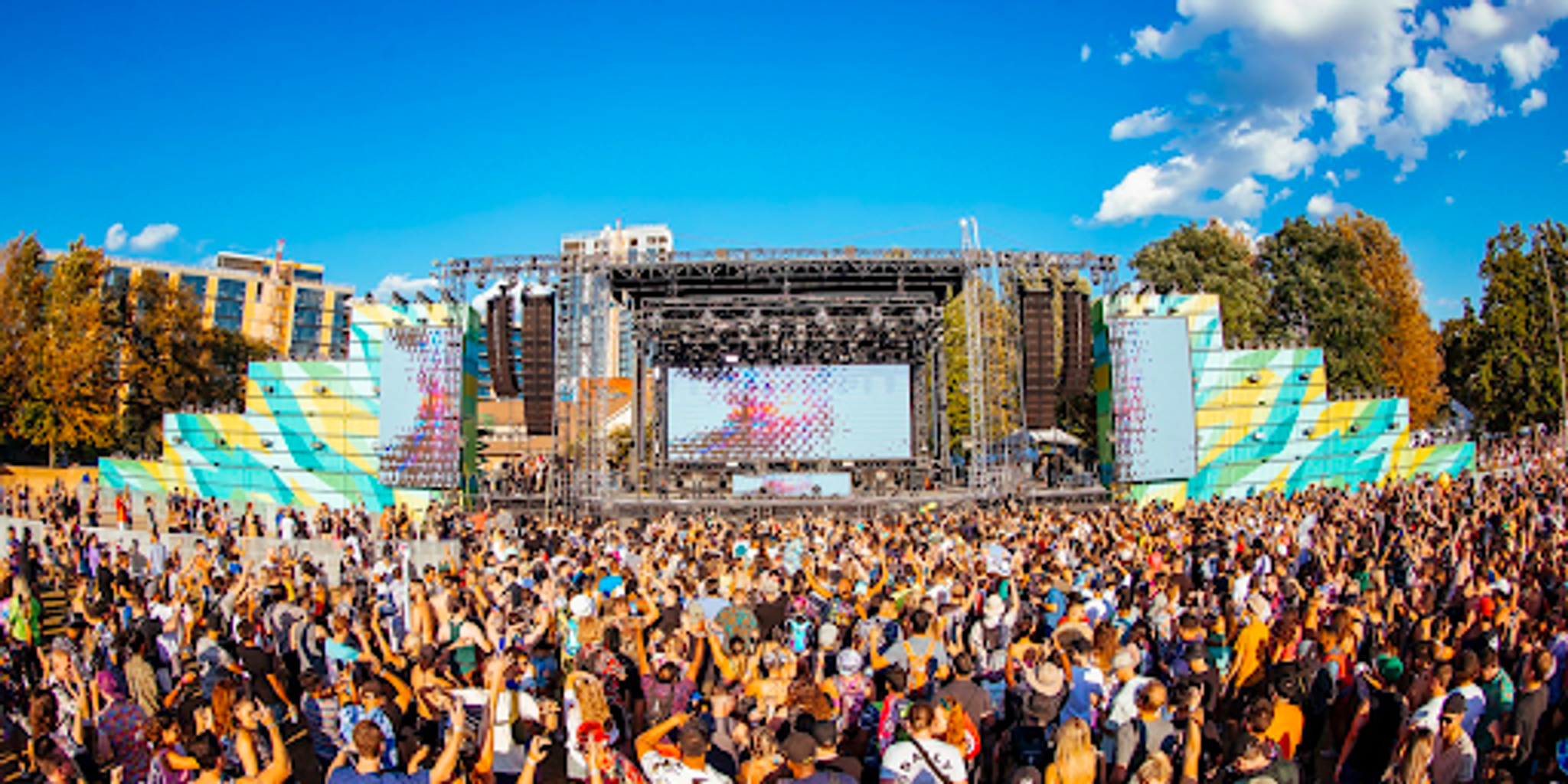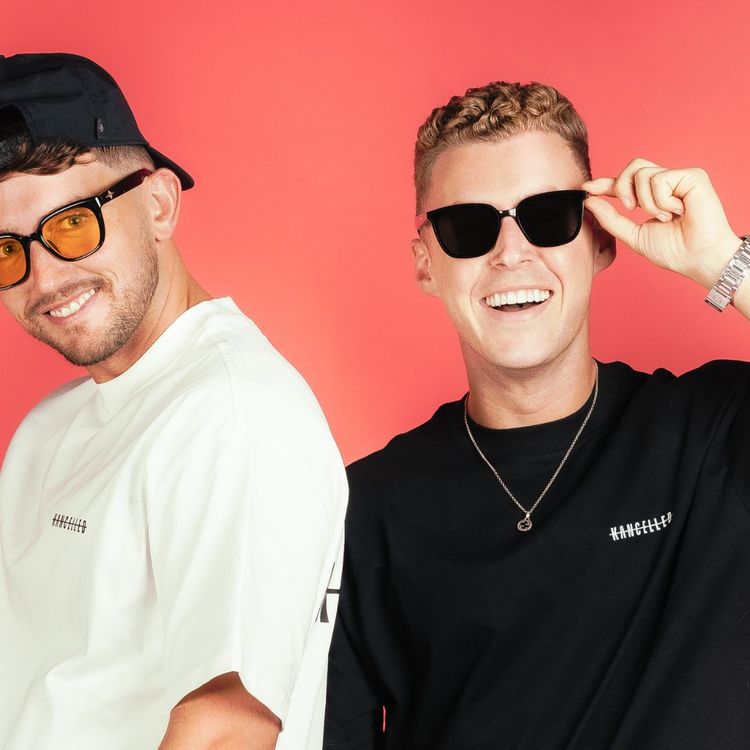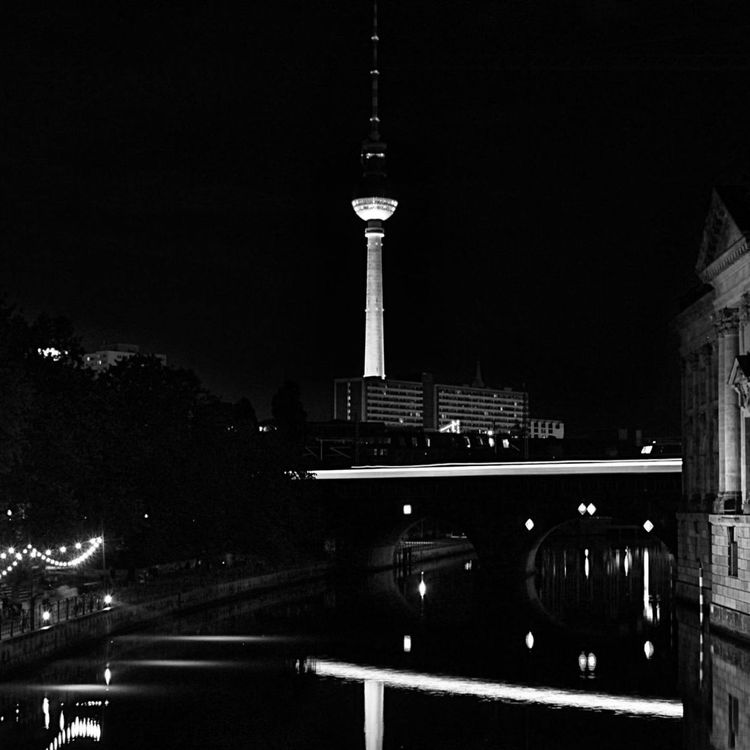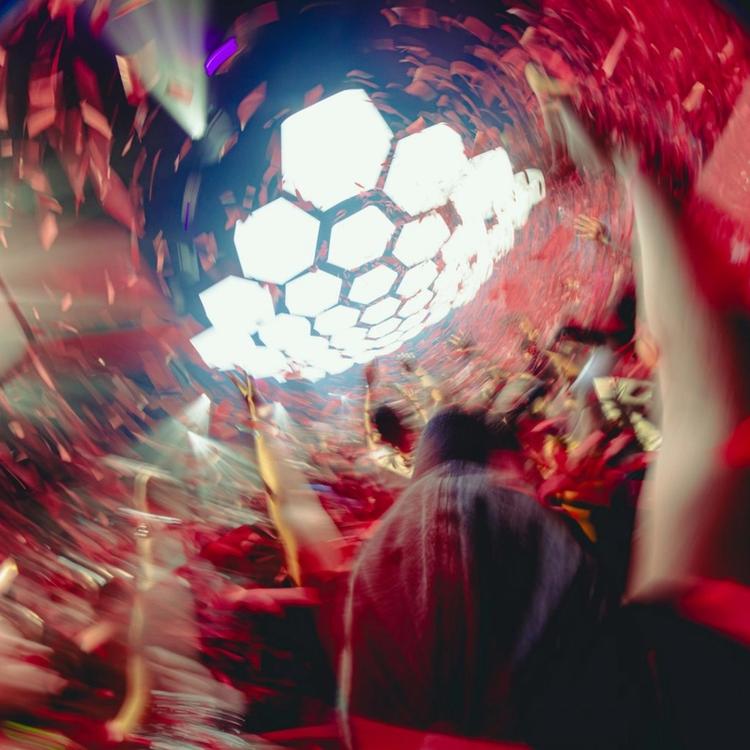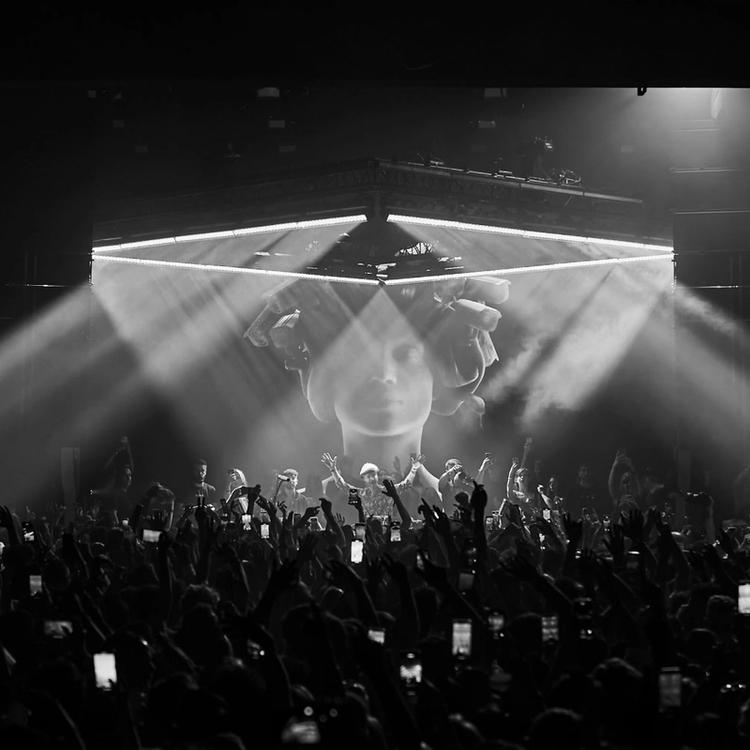The IMS Business Report: Is the Underground Really Underground Anymore?
As with the rest of the world, the past two years of the pandemic have been unprecedented for dance music culture. 2020 saw almost an entire evaporation of the scene (or rather a migration to Twitch), and 2021 saw the reemergence of events through a lens of caution.
But events are far from the only measure of health when it comes to dance music, and the yearly International Music Summit (IMS) report provides a comprehensive overview of all aspects of the culture from both the artistic and business side of the industry.
The primary categories within the report are music, festivals & clubs, fan engagement, education, impact, and diversity.
Gray Area is dedicated to expanding the culture of house and techno in the United States, so our overview of the IMS Report will focus on the aspects of the report that directly affect those sounds and their presence in the United States.
Before going further, it is important to define musical terms as they exist within the report and how they relate to house and techno. IMS defines terms such as underground, commercial, and pop. These definitions in and of themselves paint an interesting picture of how house and techno exist in the modern landscape.
Starting with the term, underground. This is a term that is used very frequently in the conversation surrounding house and techno, and one that’s come up more often as dance music culture has entered the mainstream.
Many fans of house and techno are averse to being associated with the more mainstream side of the culture but based on the IMS Report, house and techno have now extended far beyond the underground.
The IMS Report defines underground as, "Novel-sounding. Even to most electronic dance music audiences.”
The Oxford dictionary defines novel as, “new or unusual in an interesting way,” and currently, “most electronic dance music audiences,” certainly include fans of house and techno.
As such, neither house nor techno are exclusively underground anymore. These genres still have much larger potential to be “underground” in nature, but in 2022 most electronic music fans do not consider these genres new or unusual.
House and techno are far more fitting within the term “commercial” which the IMS report defines as “Familiar-sounding to electronic dance music audiences (but novel to the general population).”
In some cases, house and techno even cross over into pop, which the IMS Report defines as “familiar-sounding music (therefore often with wide appeal) to the general public.”
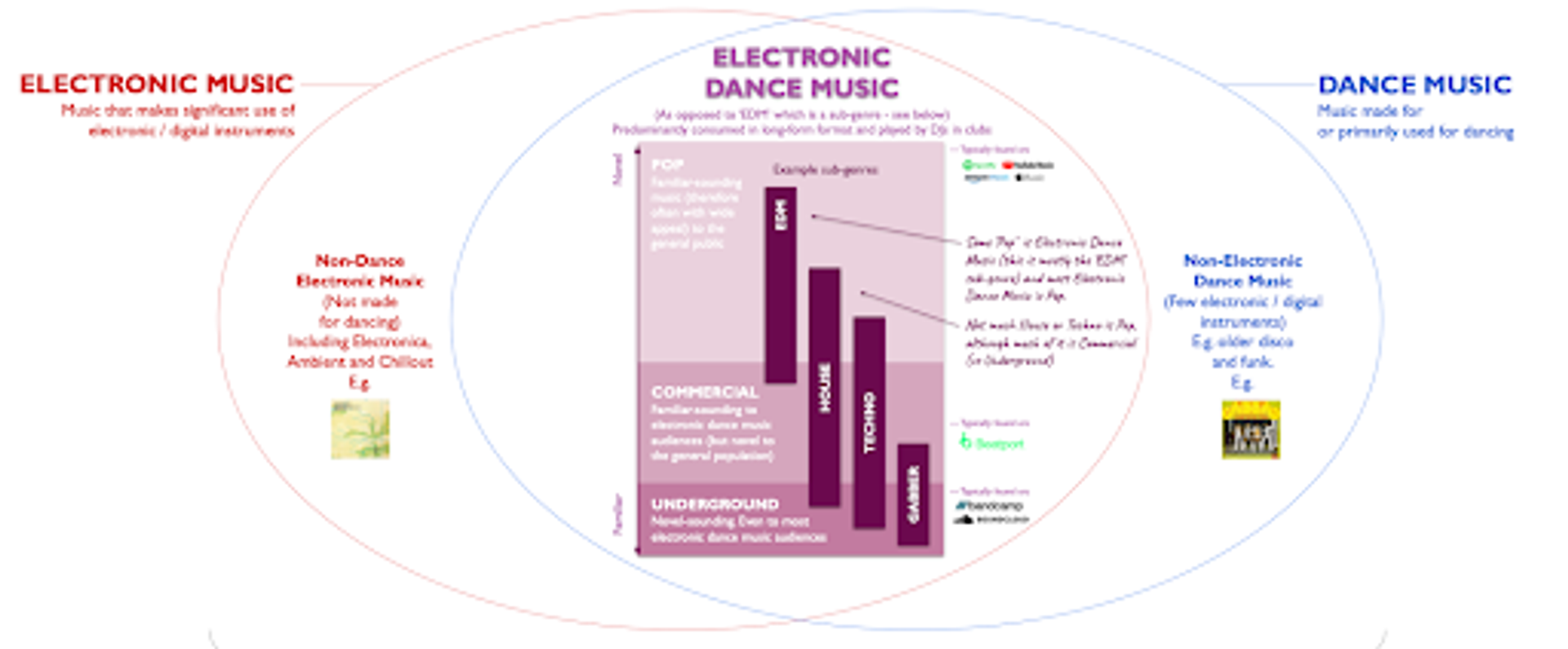
A Venn Diagram for Dance Music
While this may irk die-hards of house and techno, the success of tracks like Fisher’s “Losing It,” and Tiësto’s “The Business” along with the meteoric ascension of artists like John Summit and SIDEPIECE demonstrate a strong presence of house music within pop music, and the sound that’s solidified house music’s pop status is surely tech house.
The headline of the Beatport portion of Recorded Music section within the IMS report is very clear:
“Tech House takes the top spot in Beatport’s chart.”
Currently, the genre is not only sitting on number one per the chart below, but at the time of writing, the top artist, track, and label on Beatport are, according to Beatstats, within the tech house umbrella. (Vintage Culture, “Do It To It” by ACRAZE, and Repopulate Mars, respectively).
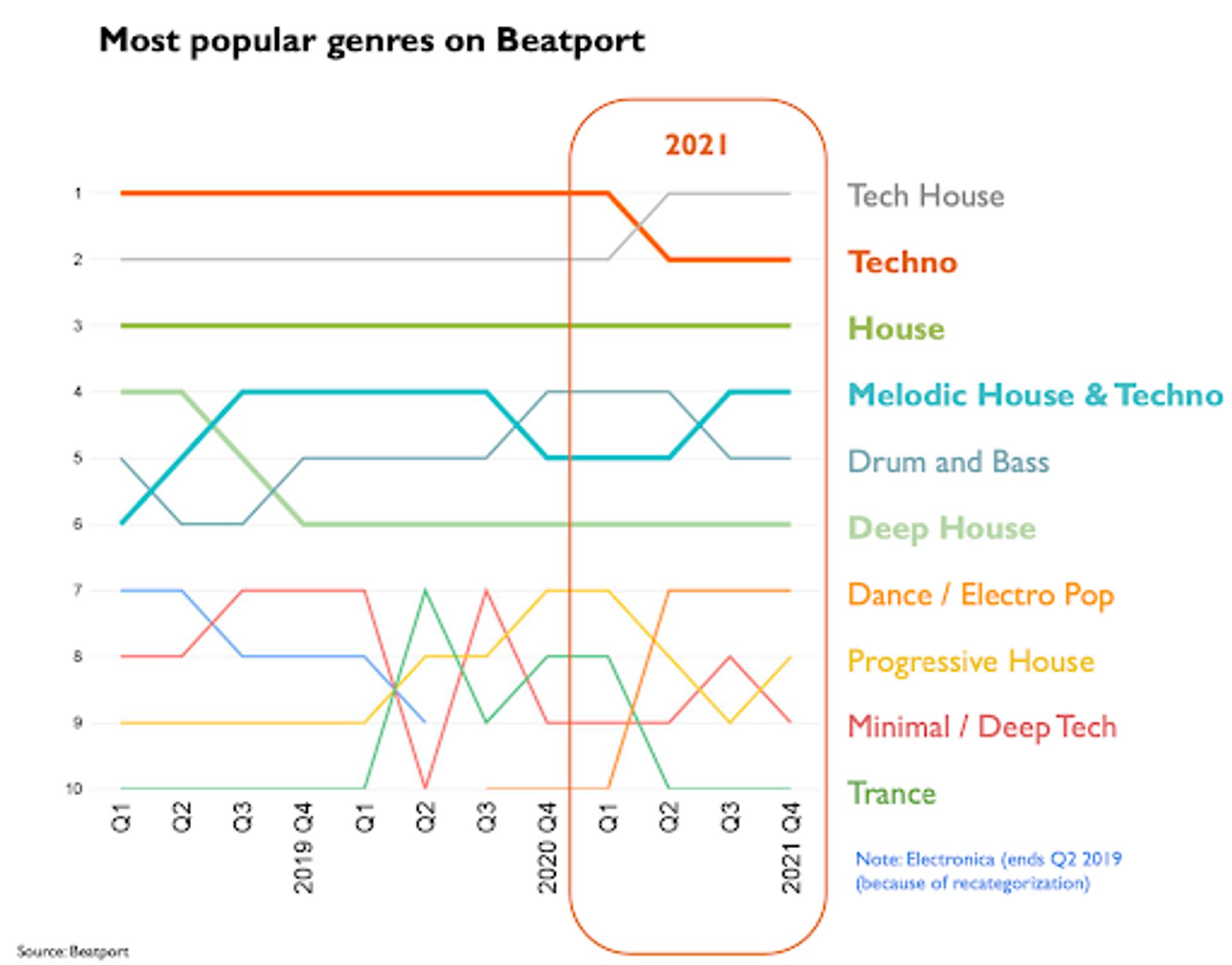
Most Populat Genres on Beatport
This may seem like a trend that’s taken off with an influx of unofficial tech house remixes of R&B tracks, tech house topping Beatport is not a new phenomenon.
Prior to techno’s ascension to the top back in Q2 of 2016, tech house was at the top for 21 months straight between 2014 and 2016. Before that deep house was topping the list.
What such a trend demonstrates is that tech house has serious staying power. In scanning Beatport, major hits of the 2014-2016 era like Shiba San’s “OKAY” and “How Deep Is Your Love” from Calvin Harris & Disciples aren’t even in the “tech house” category and the genre was still number one.
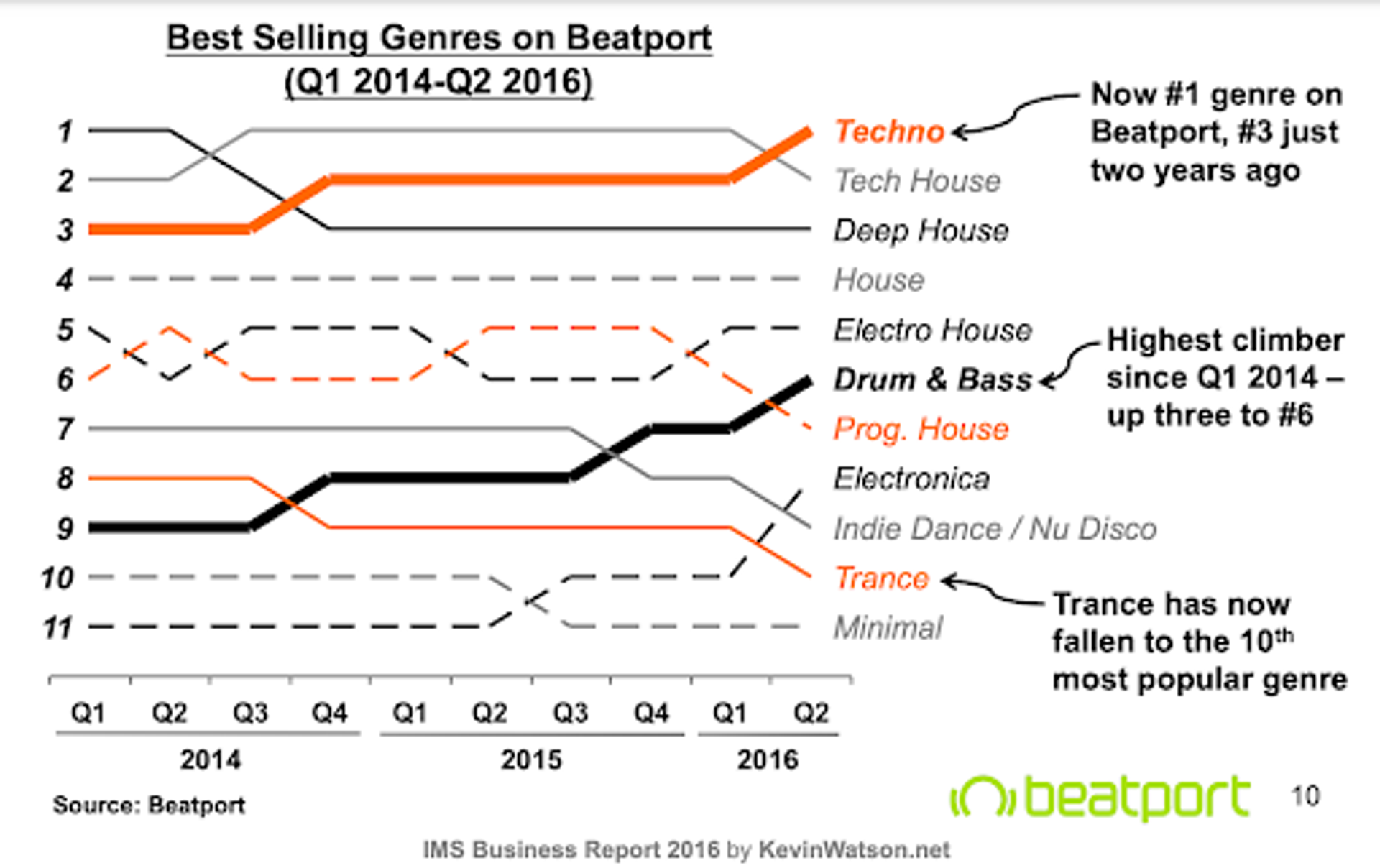
Best Selling Genres on Beatport
Different genres always go through periods of mainstream attention as EDM did in 2012—dance music was the highest growing mainstream genre in terms of album sales according to the 2012 IMS report—and even though the EDM boom has long since passed, the effects of EDM remain undeniable a decade later.
Swedish House Mafia is headlining Coachella. Hardwell’s return is a major event for the entire dance music industry.
Tech house hasn’t carried dance music back to the highest growing mainstream genre in terms of album sales in 2022, but with its history of reverence within the dance sphere paired with its current popularity, the genre will likely leave a lasting imprint on what dance music looks like for years to come.
Despite all this, there is a reality to face about the presence of dance music as a whole within the United States.
Dance / Electronic music, which, based on definitions of the IMS Report, includes every single genre within underground, commercial, and pop categories (from the biggest EDM to the most esoteric electro), only makes up roughly three percent of the total recorded music volume in the United States.
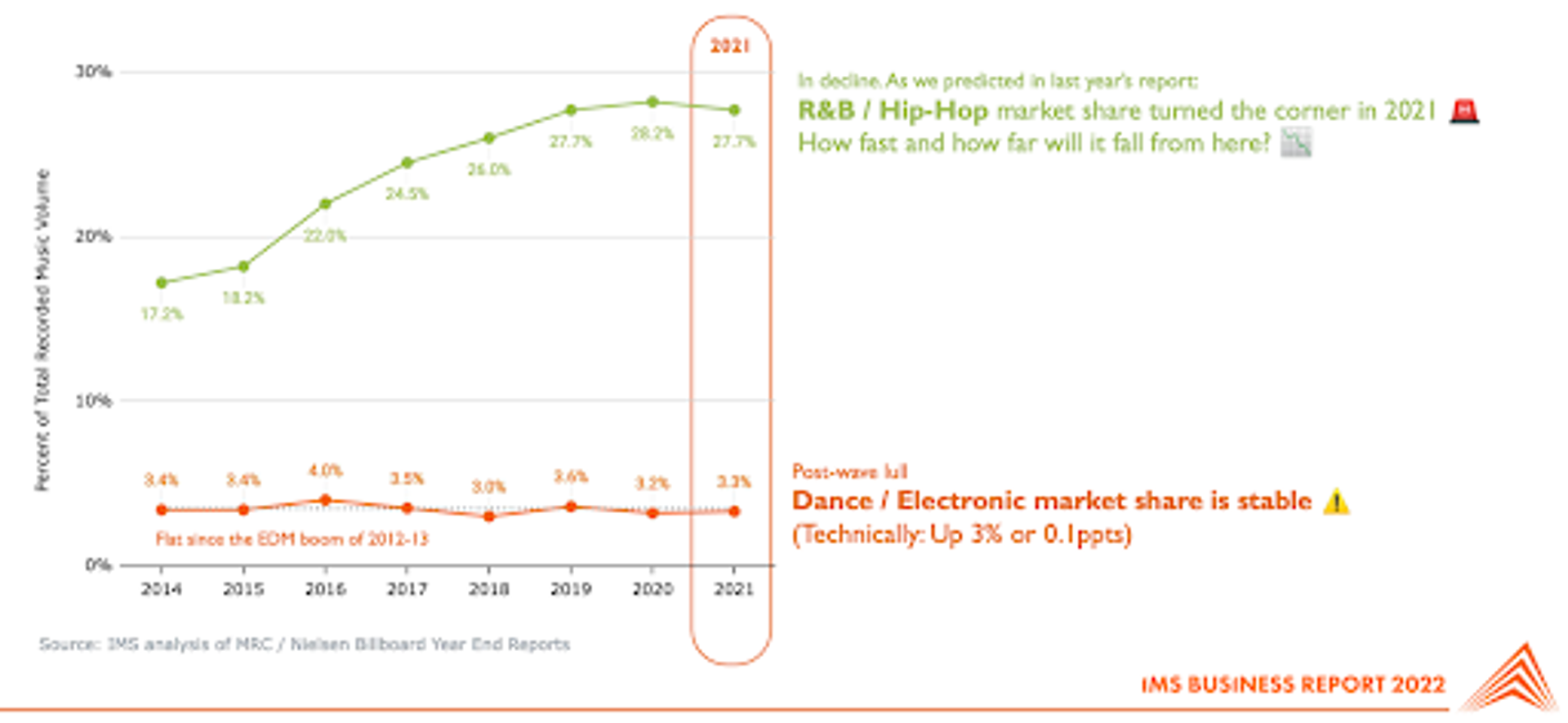
A notable statistic is that R&B/Hip Hop is in decline after years of dominating, going from 28.2 percent to 27.7 percent between 2020 and 2021.
Will dance music ever be as prominent in the US as hip hop? Certainly, one way more and more Americans are discovering dance music is through events.
As expected, events made a huge comeback in 2021, with 1,646 festivals worldwide, including electronic artists on the lineup, compared to 1,030 in 2020. The value of festivals and clubs also increased to $2.5 billion in 2021 compared to $1 billion in 2020.
Most of these 2021 metrics are still significantly below 2019 levels as restrictions and cancellations due to COVID-19 have not yet subsided, but there are trends that demonstrate the future is very bright for dance music culture.
According to data acquired from the UK-based ticketing service Skiddle, in 2021, festival ticket demand has shot up to 150 percent of 2019 levels, and that number is only increasing. While Skiddle doesn’t service the United States (at the time of writing, a search on the platform for US-based events turned up no results), the demand for house and techno-themed festivals in the US is clear.
New events like Chicago’s ARC Music Festival will expand to three days for its second edition in 2022. Los Angeles is also seeing an influx of new house and techno festivals like Skyline and Day Trip Festival championed by their native mega promoter, Insomniac.
Overall what these results demonstrate is that for house and techno to become a viable cultural prospect in the United States, the genres will have to separate from the underground. Such a shift is clearly already happening, but the final step is for the community at large to embrace the shift.
There will always be promoters and artists dedicated to the true underground experience, and if these parties weren’t defined by their illegality and their surreptitious quality, there would likely be data within the IMS report demonstrating that the underground is still very strong.
Those who prefer to stay underground certainly can, but house and techno offer an experience that deserves to be as widespread as hip hop and R&B. The unity on the dancefloor. The pure joy being shared. The epic sunrise sets.
The veil has been lifted on the sound. Time to share that sound with everyone.
